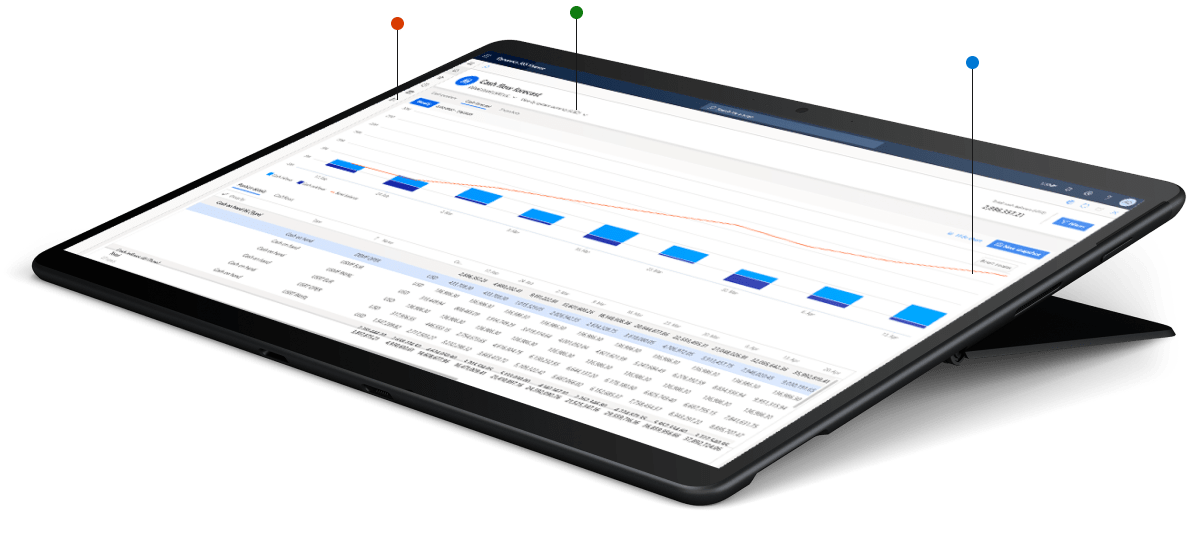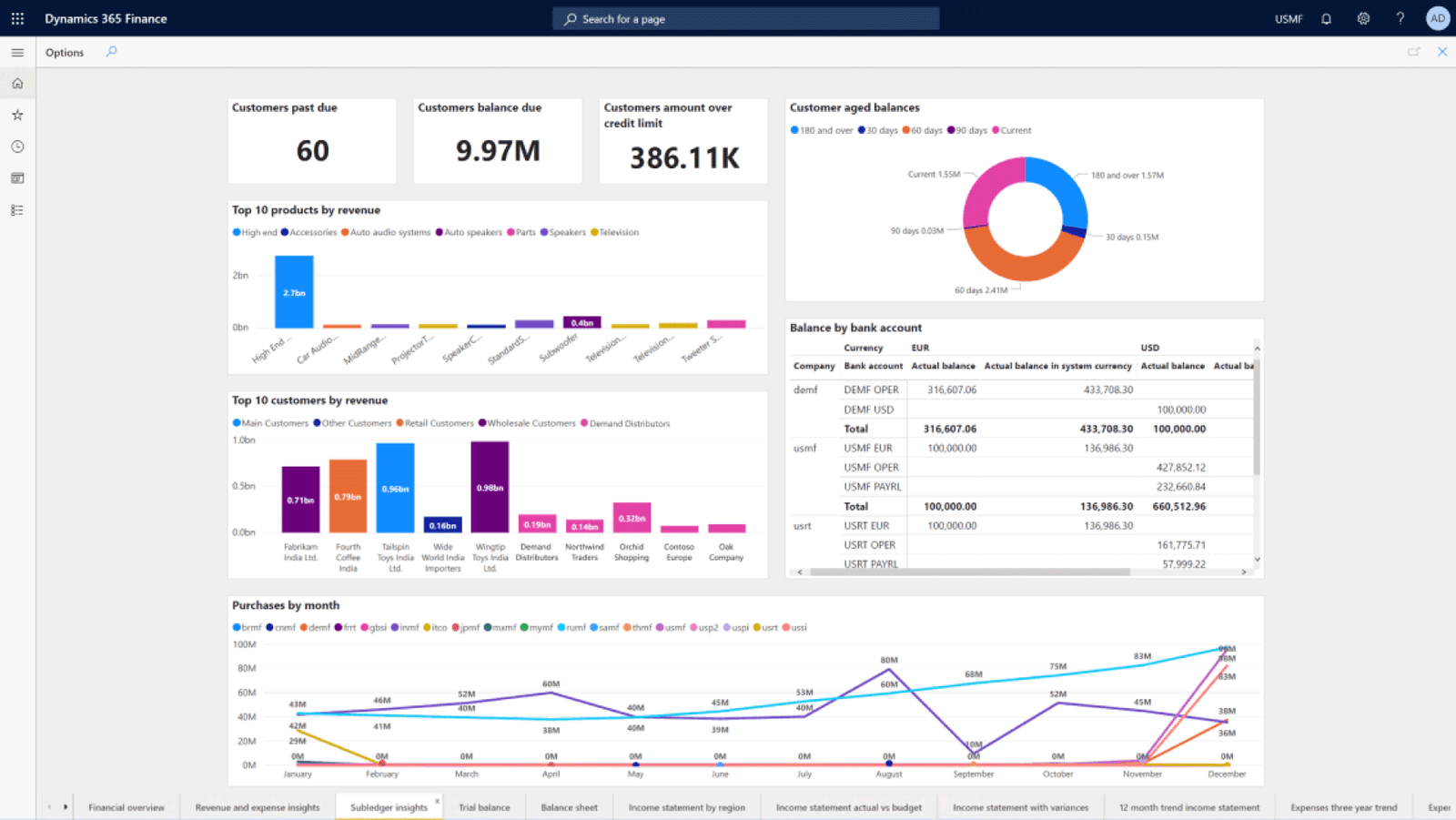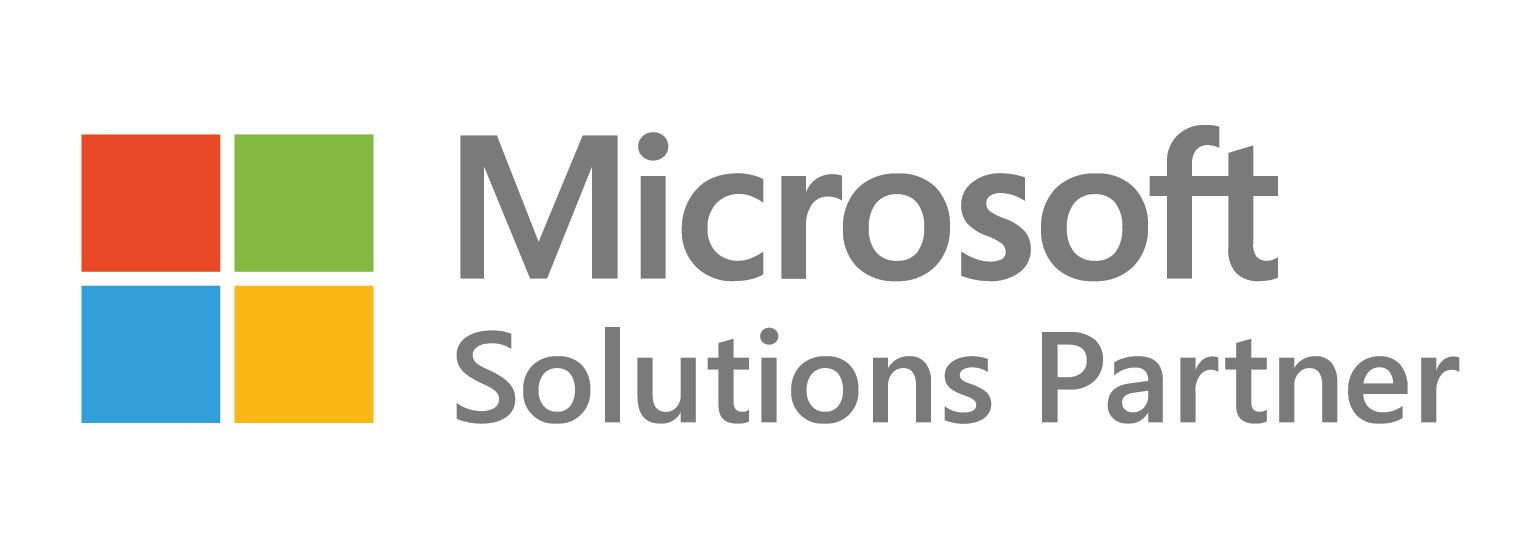What is Microsoft Dynamics 365 for operations?
 Microsoft Dynamics 365 for Operations (formerly known as Microsoft Dynamics AX) is a cloud-based enterprise resource planning (ERP) solution that helps organizations manage their financials, supply chain, manufacturing, logistics and warehouse management, and project management.
Microsoft Dynamics 365 for Operations (formerly known as Microsoft Dynamics AX) is a cloud-based enterprise resource planning (ERP) solution that helps organizations manage their financials, supply chain, manufacturing, logistics and warehouse management, and project management.
It is designed to streamline business processes, improve productivity, and provide real-time insights into the performance of an organization.
With Dynamics 365 for Operations, companies can manage their operations across multiple locations, currencies, and languages, and automate and optimize their supply chain with advanced tools for forecasting, planning, and execution.
The solution also offers robust reporting and analytics capabilities, allowing users to monitor performance, identify trends, and make data-driven decisions. In addition, Dynamics 365 for Operations can be integrated with other Microsoft products such as Power BI, Office 365, and Dynamics CRM, as well as third-party applications to provide a comprehensive business management solution.
What is the new name for D365 finance and operations?
 Microsoft Dynamics 365 Finance and Microsoft Dynamics 365 Supply Chain Management were the separate applications that together made up Microsoft Dynamics 365 for Finance and Operations. However, as of October 2019, Microsoft has rebranded Dynamics 365 Finance and Dynamics 365 Supply Chain Management as separate applications, each with their own individual names. Dynamics 365 Finance is still called Dynamics 365 Finance, but Dynamics 365 Supply Chain Management has been renamed to Dynamics 365 Supply Chain Management. These applications are part of the broader Dynamics 365 suite of business applications that includes other modules such as Sales, Customer Service, Marketing, and Human Resources.
Microsoft Dynamics 365 Finance and Microsoft Dynamics 365 Supply Chain Management were the separate applications that together made up Microsoft Dynamics 365 for Finance and Operations. However, as of October 2019, Microsoft has rebranded Dynamics 365 Finance and Dynamics 365 Supply Chain Management as separate applications, each with their own individual names. Dynamics 365 Finance is still called Dynamics 365 Finance, but Dynamics 365 Supply Chain Management has been renamed to Dynamics 365 Supply Chain Management. These applications are part of the broader Dynamics 365 suite of business applications that includes other modules such as Sales, Customer Service, Marketing, and Human Resources.
Can you explain how Dynamics 365 for Operations can help with financial management?
Dynamics 365 for Operations provides robust financial management capabilities to help organizations manage their financial operations more efficiently. Here are some ways in which it can help:
General Ledger: The solution provides a centralized General Ledger that enables organizations to manage their financial transactions, journals, and budgets. It supports multiple currencies, languages, and locations, and provides real-time visibility into financial performance.
Accounts Payable and Receivable: Dynamics 365 for Operations allows organizations to manage their accounts payable and receivable more effectively. Users can create and manage invoices, process payments, track vendor and customer balances, and manage collections.
Financial Reporting: The solution offers a variety of financial reports, including balance sheets, income statements, cash flow statements, and trial balances. These reports can be customized to meet specific business needs and provide real-time insights into financial performance.
Budgeting and Forecasting: Dynamics 365 for Operations enables organizations to create and manage budgets and forecasts. Users can create multiple budgets and scenarios, collaborate with stakeholders, and track performance against targets.
Fixed Assets: The solution provides a comprehensive Fixed Asset module that enables organizations to manage their fixed assets, including acquisition, depreciation, disposal, and revaluation.
What has been included in Dynamics 365 Finance and Operations?
Dynamics 365 Finance and Operations is a comprehensive enterprise resource planning (ERP) solution that provides organizations with a wide range of capabilities to manage their financials, supply chain, manufacturing, retail, and human resources operations. Here are some of the key features and functionalities included in Dynamics 365 Finance and Operations:
Financial Management: The solution provides robust financial management capabilities, including General Ledger, Accounts Payable and Receivable, Fixed Assets, Budgeting and Forecasting, and Financial Reporting.
Supply Chain Management: Dynamics 365 Finance and Operations offers advanced supply chain management capabilities, including Procurement and Sourcing, Inventory Management, Demand Planning, Supply Planning, and Transportation Management.
Manufacturing: The solution includes comprehensive manufacturing capabilities, including Production Control, Shop Floor Control, Product Configurator, and Quality Management.
Retail: Dynamics 365 Finance and Operations provides a complete retail solution, including Point of Sale (POS), Inventory and Order Management, and Retail Channel management.
Human Resources: The solution offers a range of HR capabilities, including Core HR, Payroll Management, Benefits Management, and Time and Attendance Management.
Project Management: Dynamics 365 Finance and Operations includes capabilities for Project Management, such as Project Accounting, Project Planning, and Resource Management.
Analytics and Reporting: The solution provides advanced analytics and reporting capabilities, including Power BI integration and customized dashboards.
What are the advantages of Dynamics 365 Finance and Operations?
There are several advantages of using Dynamics 365 Finance and Operations as an ERP solution. Here are some of the key benefits:
End-to-end solution
Dynamics 365 Finance and Operations provide a comprehensive solution that covers all aspects of an organization’s operations, from financial management to supply chain and manufacturing, retail, and human resources operations. This means that organizations can manage all of their operations from a single platform, improving efficiency and reducing the need for multiple systems and integrations.
Scalability
Dynamics 365 Finance and Operations is a cloud-based solution that can scale with an organization’s needs. This means that as organizations grow, they can easily add new users, features, and capabilities without the need for significant IT infrastructure investments.
Flexibility
The solution is highly configurable and can be customized to meet specific business needs. This means that organizations can tailor the solution to fit their unique requirements and processes, rather than having to adapt their processes to fit the solution.
Real-time visibility
Dynamics 365 Finance and Operations provide real-time visibility into an organization’s operations, enabling users to make data-driven decisions and respond quickly to changes in the market or business environment.
Integration
The solution can be easily integrated with other Microsoft products such as Power BI, Office 365, and Dynamics CRM, as well as third-party applications, providing a seamless experience for users and improving overall productivity.
Security
Dynamics 365 Finance and Operations is built on Microsoft’s trusted cloud platform, which provides advanced security features such as multi-factor authentication, data encryption, and threat detection.
This ensures that an organization’s data is protected and secure.
What programming language for d365 finance and operations?
Dynamics 365 Finance and Operations use a variety of programming languages and tools for development and customization. Here are some of the key languages and tools used in the development of Dynamics 365 Finance and Operations:
C#: C# is a widely-used programming language that can be used to extend and customize Dynamics 365 Finance and Operations. C# can be used to write customizations that interact with the Dynamics 365 Finance and Operations API or other external systems.
NET Framework: The .NET Framework is a software development framework that is used to develop applications for Windows. It includes a variety of tools and technologies, including C#, Visual Basic, and ASP.NET, that can be used to develop customizations for Dynamics 365 Finance and Operations.
Visual Studio: Visual Studio is an integrated development environment (IDE) that is used for developing customizations for Dynamics 365 Finance and Operations. It provides a range of tools and features for developing, testing and deploying customizations.
Power Platform: The Power Platform is a low-code platform that can be used to extend and customize Dynamics 365 Finance and Operations. It includes tools such as Power Apps, Power Automate, and Power BI that can be used to create custom applications, workflows, and report
What is the difference between Dynamics Finance and Operations and AX?
Microsoft Dynamics Finance and Operations is the successor to Microsoft Dynamics AX. While Dynamics 365 Finance and Operations builds on the functionality of Dynamics AX, it is a cloud-based solution that offers several key differences and improvements. Here are some of the key differences between Dynamics 365 Finance and Operations and Dynamics AX:
Deployment: Dynamics AX was traditionally deployed on-premises, while Dynamics 365 Finance and Operations is a cloud-based solution that can be deployed on Microsoft’s Azure cloud platform.
Subscription-based pricing: Dynamics 365 Finance and Operations is offered on a subscription basis, while Dynamics AX was typically purchased as a perpetual license.
Updates and upgrades: Dynamics 365 Finance and Operations is updated regularly with new features and functionality, while Dynamics AX required organizations to upgrade to new versions to access new features.
Integration: Dynamics 365 Finance and Operations is designed to integrate with other Microsoft products such as Power BI, Office 365, and Dynamics CRM, as well as third-party applications, providing a seamless experience for users.
User interface: Dynamics 365 Finance and Operations features a modern, web-based user interface that is designed to be intuitive and easy to use.
Artificial intelligence: Dynamics 365 Finance and Operations includes artificial intelligence (AI) capabilities that enable organizations to automate processes and gain insights from their data.
What is the difference between finance and operations and business central?
Dynamics 365 Finance and Operations and Dynamics 365 Business Central are both enterprise resource planning (ERP) solutions from Microsoft, but they have some key differences. Here are some of the main differences between the two solutions:
Target market: Dynamics 365 Finance and Operations is designed for larger, more complex organizations with global operations, while Dynamics 365 Business Central is designed for small and medium-sized businesses.
Functionality: Dynamics 365 Finance and Operations provides more advanced functionality for financial management, supply chain management, manufacturing, and human resources operations, while Dynamics 365 Business Central provides more basic functionality for financial management, supply chain management, project management, and customer relationship management.
Deployment options: Dynamics 365 Finance and Operations can be deployed on-premises or in the cloud, while Dynamics 365 Business Central is a cloud-only solution.
Customization: Dynamics 365 Finance and Operations provides more extensive customization options, including the ability to write code and develop customizations using X++, while Dynamics 365 Business Central provides limited customization options through extensions and add-ons.
User interface: Dynamics 365 Finance and Operations has a modern, web-based user interface that is designed to be intuitive and easy to use, while Dynamics 365 Business Central has a more traditional, desktop-based user interface.
Licensing: Dynamics 365 Finance and Operations is licensed on a per-user basis, while Dynamics 365 Business Central is licensed on a per-user or per-business basis.
Summary
Dynamics 365 Finance and Operations is a cloud-based enterprise resource planning (ERP) solution from Microsoft that provides organizations with a comprehensive set of tools to manage their financials, supply chain, manufacturing, retail, and human resources operations. It offers advanced features such as real-time visibility, scalability, flexibility, and integration with other Microsoft products and third-party applications.
The solution is highly configurable, allowing organizations to tailor it to their specific business needs and processes.
Dynamics 365 Finance and Operations is designed for larger, more complex organizations with global operations and provides advanced functionality for financial management, supply chain management, manufacturing, and human resources operations.
It is a successor to Microsoft Dynamics AX, and it offers several improvements over its predecessor, including a web-based user interface, subscription-based pricing, regular updates and upgrades, and integration with artificial intelligence (AI) capabilities.



